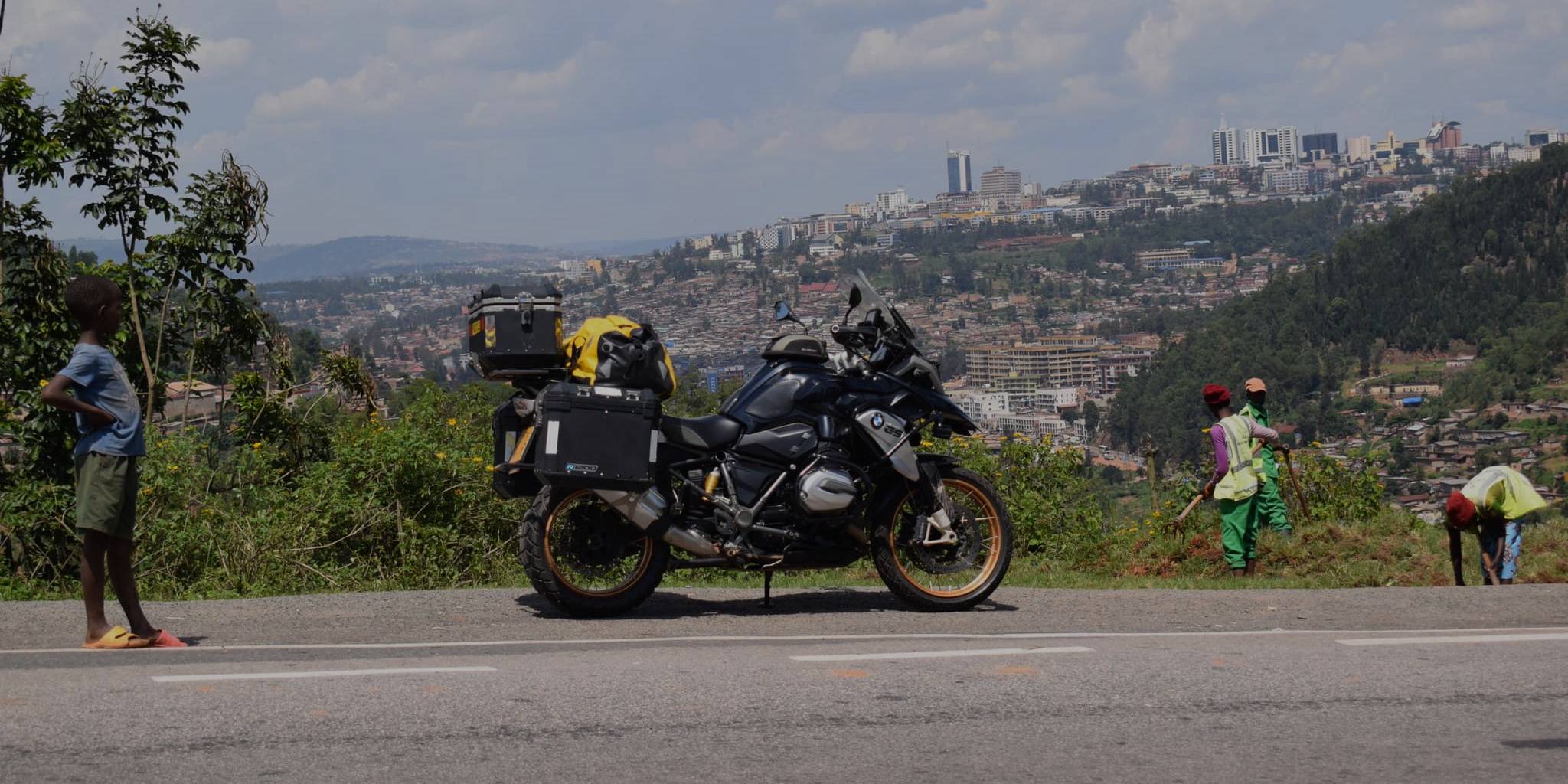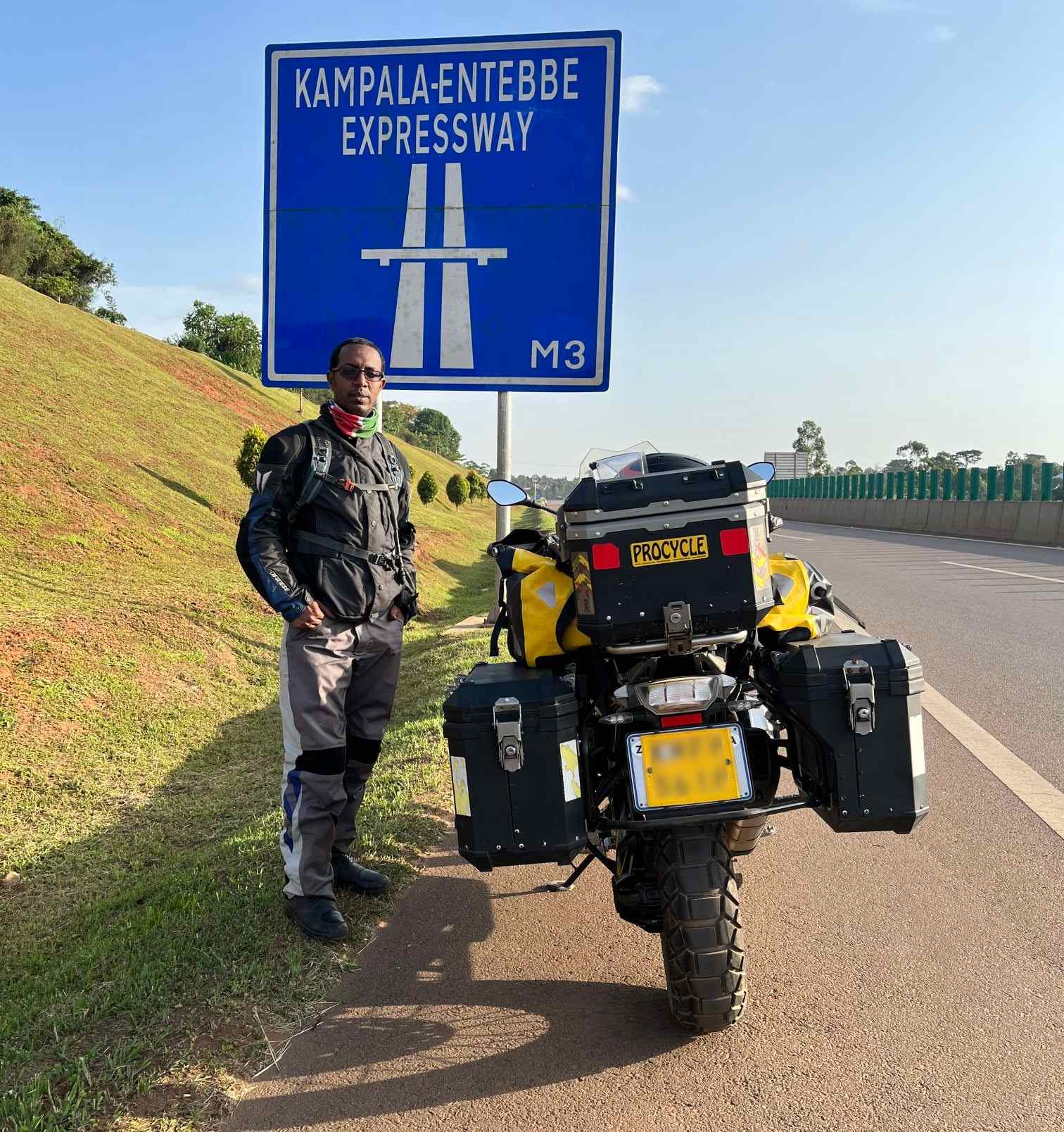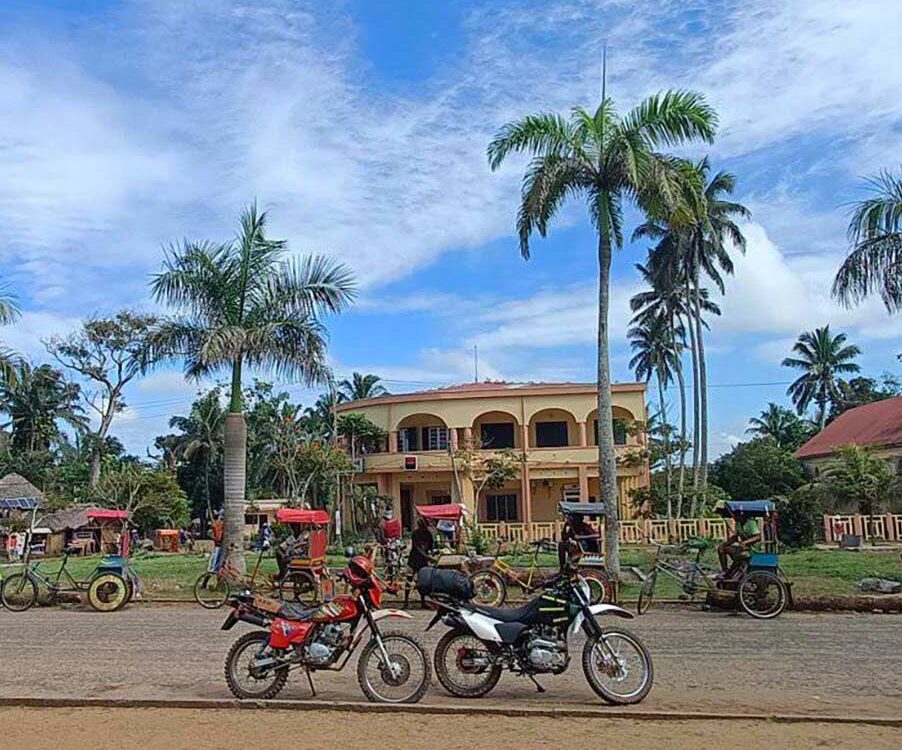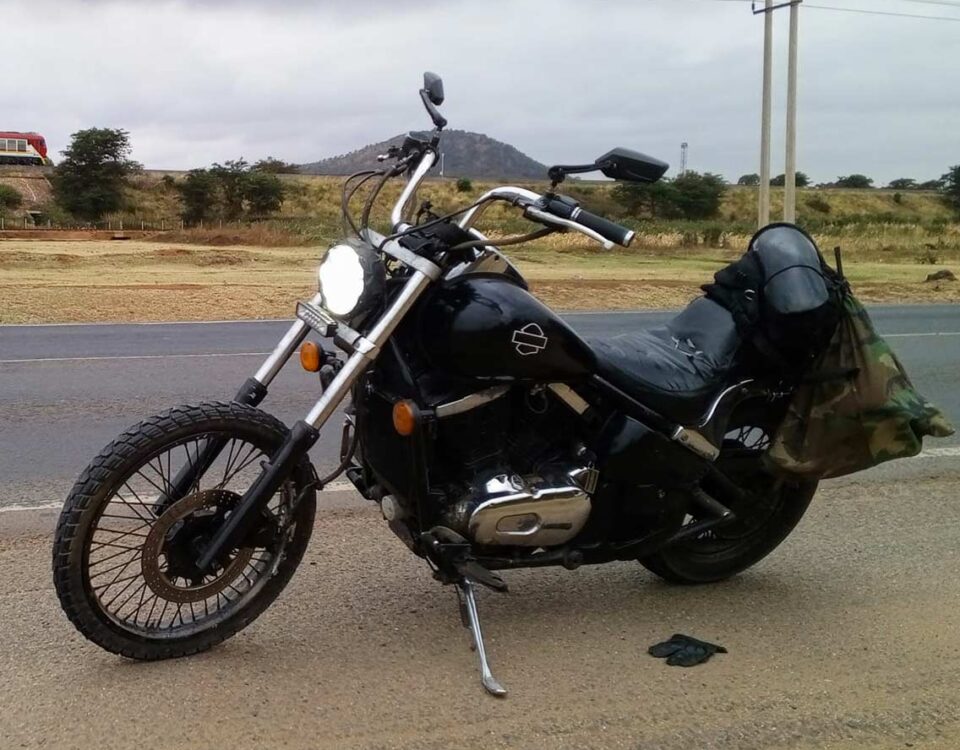
Tips for bikers visiting other East Africa countries

A random trip to Mwatate
20 June 2022
The Exceptional Elgeyo Escapade: A Ride of Limitless Landscapes
20 December 2022
Of late, we have had a surge in bikers wishing to visit other countries in the region, especially Uganda, Tanzania and Rwanda. I thought it best to prepare these tips for those riding out, based on my observations in my limited trips out of Kenya on a bike. These are my observations - and I might be wrong in many of the assumptions I make, but please feel free to chip in with your thoughts, too!
As you cross, remember to have with you:
(a) the original bike logbook, which should be in the same name as that of the passport
(b) sufficient copies of the logbook
(c) COMESA insurance certificate or a local insurance if you can procure one at the crossing point
(d) copies of your valid driving license
(e) medical evacuation insurance (and the AMREF Maisha Gold Cover is highly recommended, as you get medevacked from any point in East Africa)
Different police systems and traffic management systems.
Remember, my friends, this counsel. There are variations in the police systems, which is something you need to keep in mind. You have both competence and incompetence running through the EA police systems. The quantum of bribes demanded is the primary empirical parameter I use to make the following declarations. The Kenya Police is at the extreme end: a largely incompetent outfit, which has as its primary motive the collection of bribes. Unless there is a force majeure, the Kenya Police has very little to do with traffic safety. The Rwanda Police, on the other hand, is an incredibly efficient police service that simply has no parallels in East Africa. The Ugandan Police Service bears the closest approximation to their Kenyan counterparts, but at least you can find elements of traffic safety, especially with their years-long campaign entitled “Fika Salama.”
The quantum of bribes demanded by the police services is widely varying: the Kenyan policemen demand eye wateringly huge sums for the slightest infractions: the Rwandans, on the other hand, are highly unlikely to ask for bribes and more likely to fine you on the spot. The penalty systems for traffic violations also differ: manual (Kenya and Uganda), semi-automated (Tanzania), and fully automated (Rwanda).
In Rwanda, the traffic management system is automated and based on a network of a plethora of static speed radars that are prevalent across major urban arteries and highways. One of the reasons for the gentle driving styles you encounter in Rwanda is because of the road management system in Rwanda: the country’s vast network of speed cameras is connected to an IT hub managed by the police service. Once you exceed the speed limit you are instantly caught by the well place speed radars, which prompt an SMS direct to your phone, informing you of your infraction, where it happened and the fine you need to pay. You try evading paying your penalty, and a traffic cop with a smart tablet will nab you - by which time your fine increases dramatically!

Road conditions and driving styles.
Kenya has the most complex roads, with multi-laned motorways and complicated spaghetti junctions. Kenya also has the highest proportion of paved roads in the region – with data showing more roads paved in Kenya (approaching 26,000 km now) than all the other EA countries combined. Road surfacing also differs significantly: you have dips and uneven surfaces on Kenyan roads (as a result of the use of aggregates for surface dressing in Kenya, a ‘technology’ no other country in the region uses). The smoothest roads are in Rwanda and Tanzania (in that order), with Uganda and Kenya tailing (in that order).
Kenya has, by far, the highest number of speed humps, with at least half of them unmarked. No one really knows the standards for the humps, as they differ (for context: the Nakuru-Kericho-Kisumu road and Nakuru-Londiani-Kisumu road have different hump sizes and styles, with the latter boasting the more difficult humps – yet they are managed by the same road agency and the same branch of KeNHA).
They say Rwanda has the best roads in East Africa. There’s a lot of truth in this cliché. Some of the joys of riding on Rwanda’s well paved highways include the virtual absence of speed humps, and the abundance of signage everywhere. It’s very hard to get lost.
Driving styles differ dramatically in the region – and likely have evolved from three things: road limitations, number of vehicles, and efficiency of police services in managing traffic (i.e., how easy it is to bribe policemen after you get caught driving badly). You have the insane driving habits in Kenya – this is a well-known issue. Uganda has people also driving spiritedly, especially on the Jinja-Kampala highway as well as on the clogged highway leading to the western parts of Uganda. On the other hand, people drive sedately in Rwanda and (to some extent) in Tanzania. The differences in driving habits may be in part due to the huge differences in car ownership and attendant impact on road traffic. You have 4.8 million cars in Kenya (2022 data), approximately 830,000 cars in Uganda (data correct as of two years ago), and about 1.4 million cars in Tanzania (as of 2018), and 264,000 cars in Rwanda (as of 2020). You have more cars in Kenya – actually, likely more cars than all the other EA countries combined – thus creating a huge demand for space on the road, which is already limited, and creating conditions for the kind of insane driving habits you see in the country.
Speed limits.
Kenya’s speed limit for urban settlements is 50 kph – but no one enforces this at all. Tanzania and Rwanda have the record for the strictest enforcement rules in urban area, where you are restricted to just 50 and 60 kph, respectively. In Rwanda, the speed limit is generally 60 kph: there are a few places where you are allowed to go up to 80 kph, but no more! In some places, right in the villages, you are required to ride at no more than 40 kph. The signages showing the speed limits are very visible on the roads for Tanzania and Rwanda, and mostly invisible in Kenya. Uganda is a lot like Kenya – laissez passer. Ride on, and you will not get caught in either of the two countries. The only country that truly enforces speed limits for motorcycles is Rwanda.
Driving at night and street lighting
The densest network of streetlights is to be found in Kenya. No country comes close. Nairobi alone has 54,000 streetlights and 13,000 public lighting masts which cover about 30 percent of the city. However, the crux of the matter is how many of these lights actually work at night – and the country has the lowest proportion of streetlights that actually work at night, in the region! Kenya Power data shows that Nairobi used 29 gigawatt hours (GWh) to light up its streets in 2017. Since then, the proportion of working streetlights has declined even further – and vandalism is the greatest cause.
In Kenya, Uganda, Tanzania, driving at night is generally not recommended driving. Street lighting is a myth in these three countries, for the reasons explained by a number of people (vandalism, poor management, inability of local governments to pay, and generally poor culture of maintenance).
Nighttime riding is not a problem at all in Rwanda. If you must ride at night, it is slightly easier in Tanzania and absolutely not a problem in Rwanda. In Tanzania (and in all of Rwanda) you will be aided by the fact that the major Tanzanian (and Rwandan) highways are not only well-marked, but they have reflective road studs (a.k.a. cat’s eye reflectors), marking the centre lines and the edges all the way. The cat's eye reflectors also retroflective, meaning they redirect light back toward the source (your bike’s lighting) with minimum scattering, optimizing visibility for your bike.
In Rwanda, highway lighting is a key component of their road construction and management ethos. For example, from Gatuna, all the way to Kigali and past the capital to the city of Gisenyi, where Rwanda borders the giant DRC, the entire 230 kilometers is fully lit with working LED streetlights. The same goes for the highway to Butare. In the matter of streetlights Rwanda has no peer in East Africa. Kigali, the capital city, is the best-lit capital city in East Africa, by far. When it comes to street lighting, Uganda has a lot of catching up to do, as the country’s streets are the darkest in the region.






